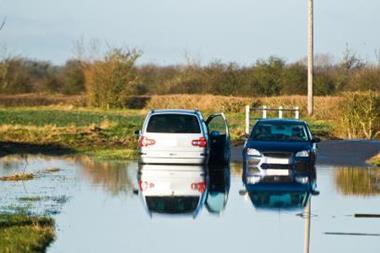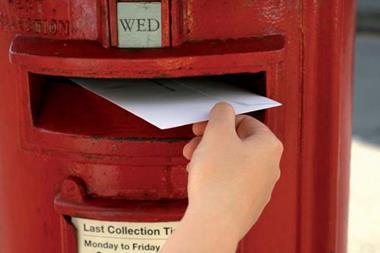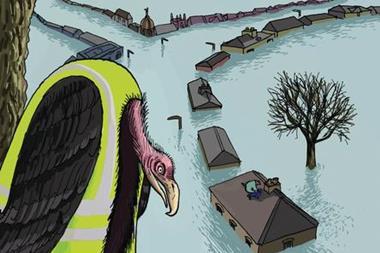Insurers take 'wait and see' approach to recovery
Only time will tell if insurers go down the recovery route for the Cockermouth floods. What is absolutely certain is that they will want to be absolutely sure of any case they have, to avoid an expensive and time-consuming litigation process.
At present, insurers believe the chances of recovery are difficult. Firstly, there was an awful amount of rain falling down during a very concentrated period. That is seen as the principal cause of the floods, not United Utilities.
Secondly, insurers will be cautious about jumping on a bandwagon with a small local law firm that could be looking to raise its profile.
That’s not to say there is no chance of a recovery. If the local law firm has success in gaining compensation for residents, then insurers are bound to go down the recovery route.
Another interesting point, is that GAB Robins and Cunnighams worked together to issue the joint report. That is the first time two loss adjusters have combined forces on a major event.
It follows advice from the Pitt Report, which said that insurers should work more closely together in battling the floods.
The foundations for the Pitt Report was the Flood and Water Management Act 2010. The act calls for an improved risk based approach to reservoir safety.
The allegations made by the Cumbrian law firm and residents are unproven, but they may want to keep their eye on any developments on changes in reservoir management because of the act.
The act also says the unitary and county councils will take the lead in managing local flood risk. On this basis, any repeat of the Cockermouth in the coming years, is likely to encourage finger-pointing at the local authorities. They will need to get their act together.
Hosted by comedian and actor Tom Allen, 34 Gold, 23 Silver and 22 Bronze awards were handed out across an amazing 34 categories recognising brilliance and innovation right across the breadth of UK general insurance.













































